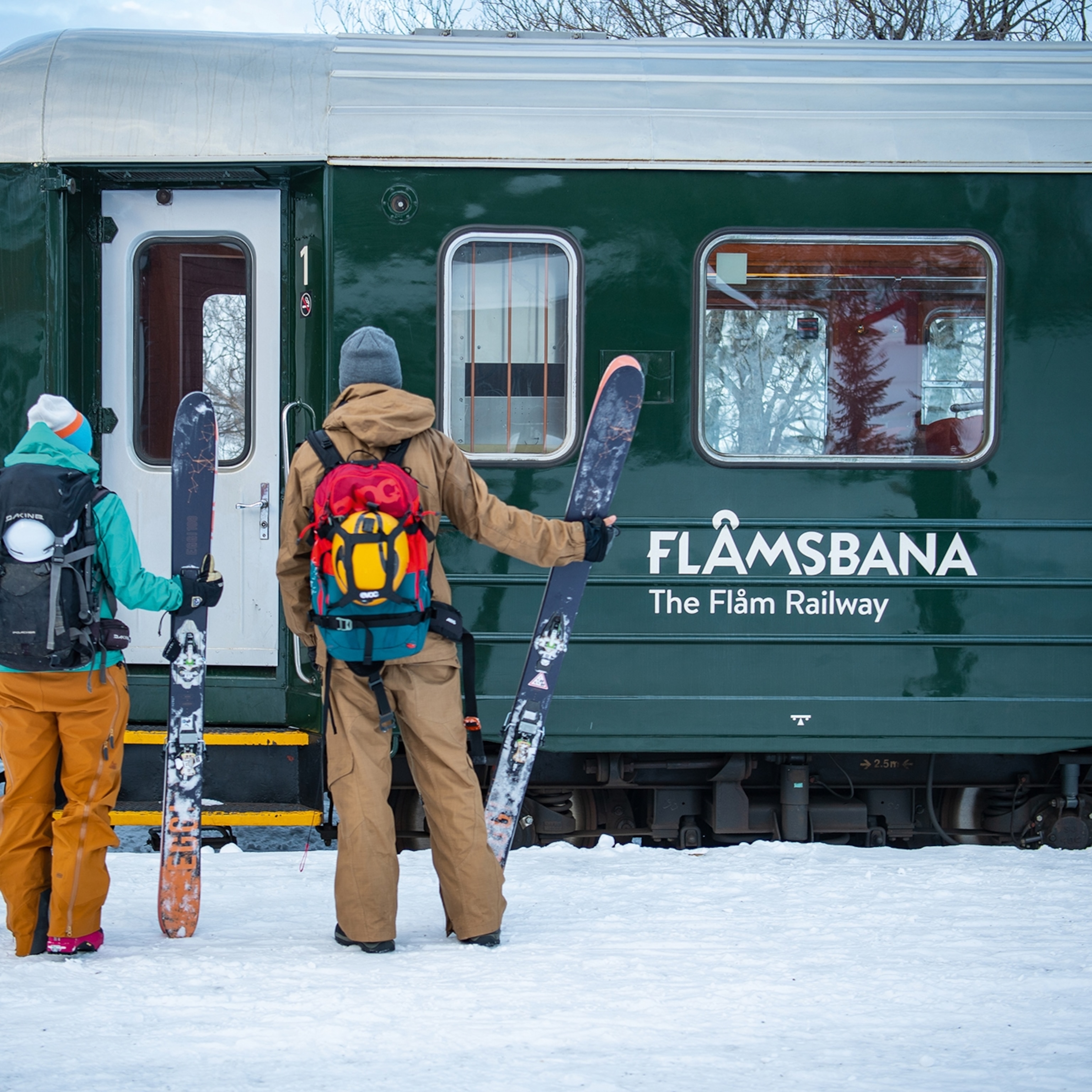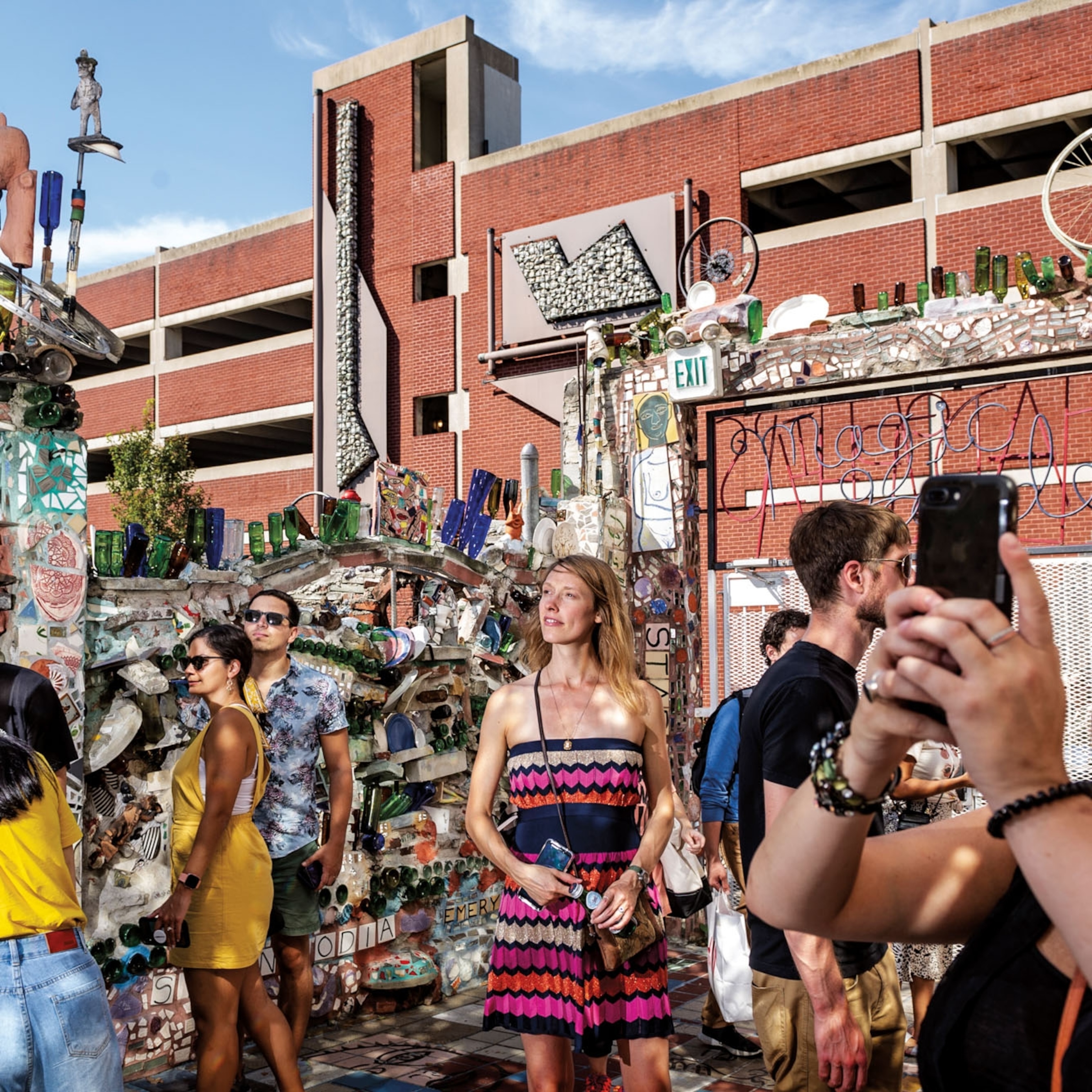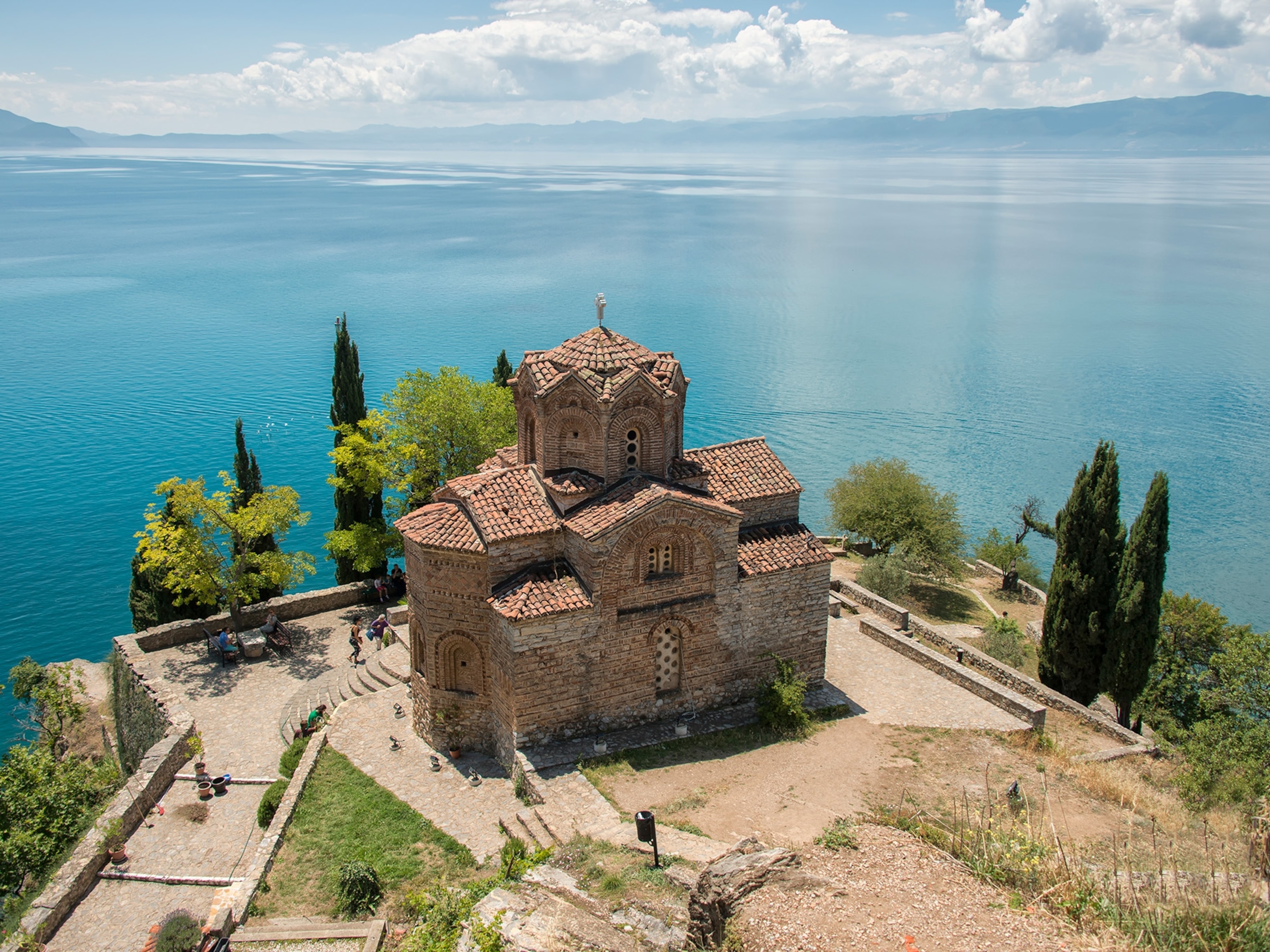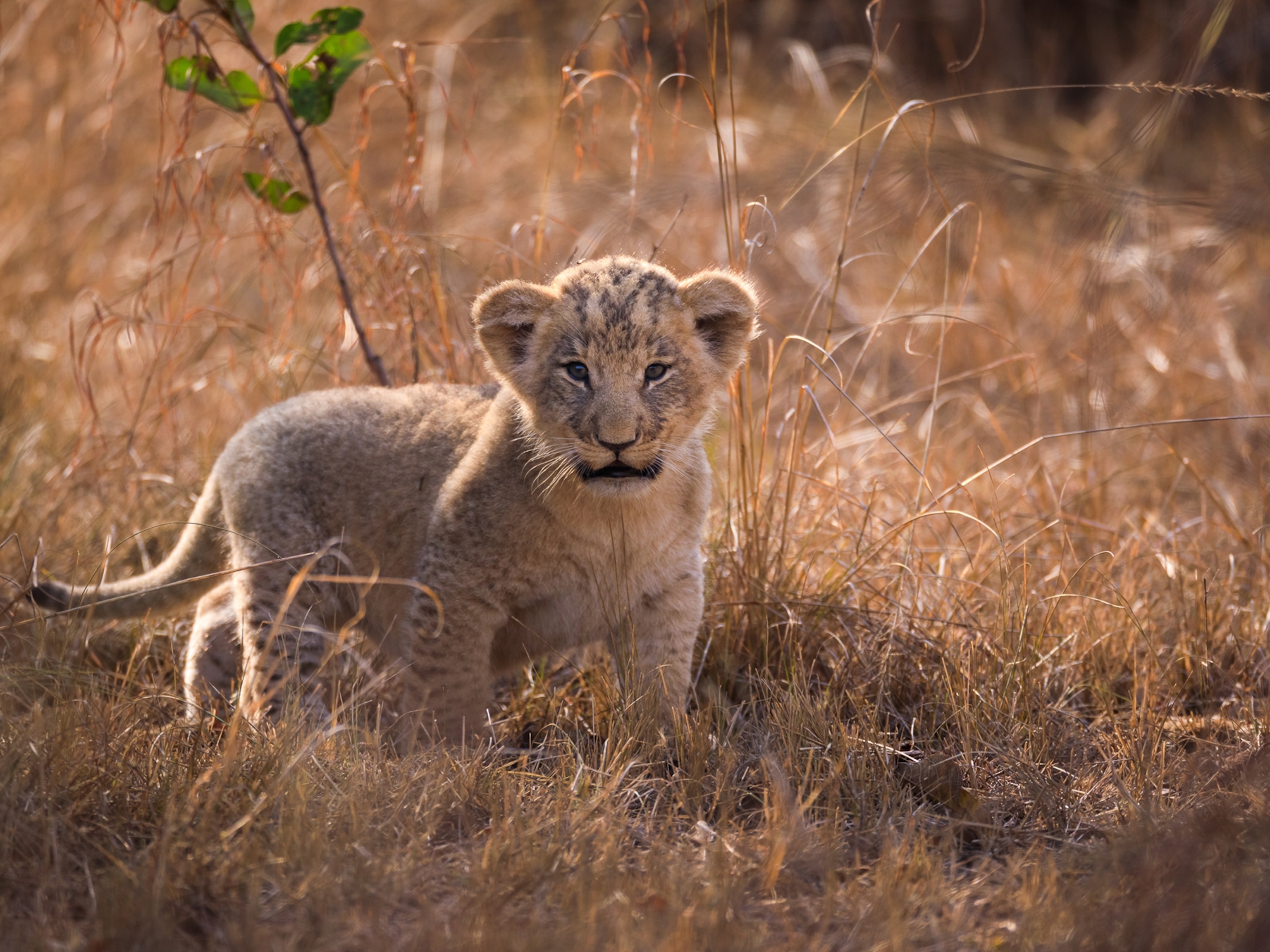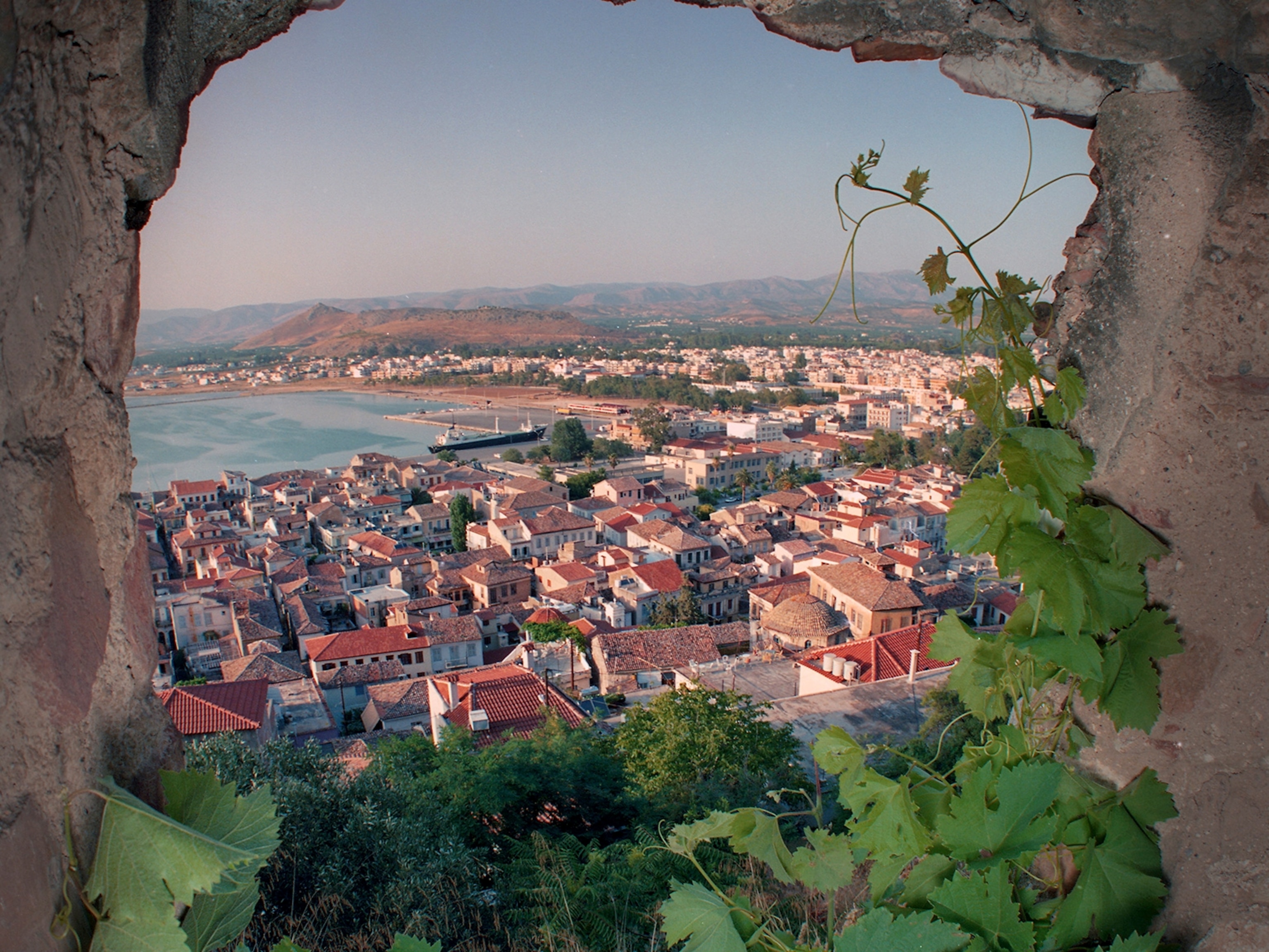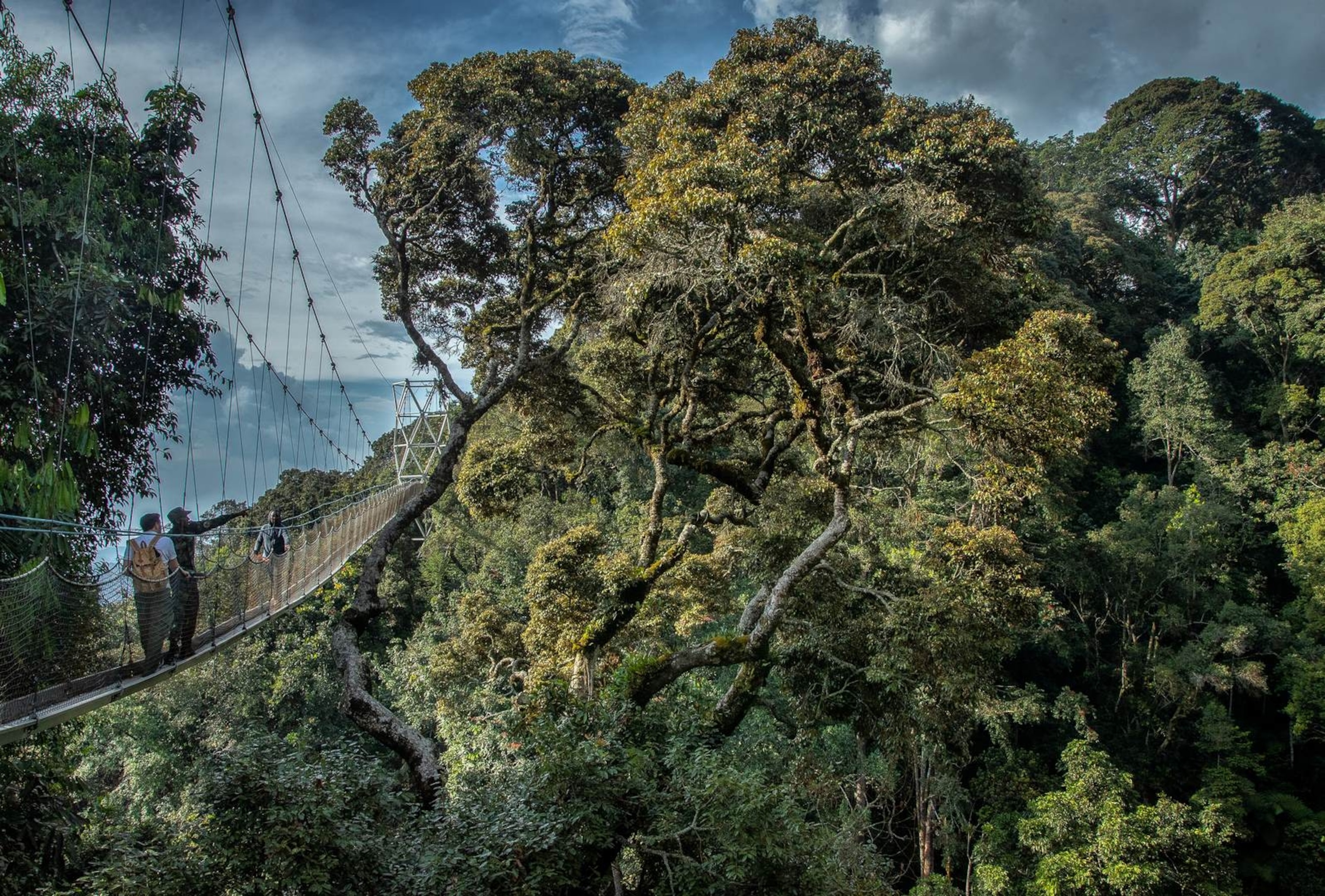
Seven reasons to make Rwanda your next destination
From wildlife conservation wins to a hip urban culture, Rwanda beckons to travelers who want more
There are at least as many reasons to visit Rwanda, as there are people who call it home. The tiny 26,338 square km (10,169 square miles) country supports is home to 12.2 million people, making it one of the most densely populated nations on the African continent. And yet it is also a leader in conservation efforts, the third greenest place in the world (according to The World Travel Guide 2015) and the proud protector of four national parks.
These days, you’re as likely to find tourists here in search of a luxury experience as those roughing it in campsites or seeking out the country’s famous gorillas and chimpanzees–and that only scratches the surface.
From historical museums that inspire, to incredible meals served high above the flashing lights of the city below, Rwanda is full of promise and wonder.
Exploring it will leave you emotional and enlightened. Add these seven must-do experiences to your exploration itinerary for a taste of the possibilities:

1. Made-to-Order Fashion: Brightly colored fabrics, folded neatly, stretch from floor to sky among dozens of stalls in the Kimironko Market in Kigali. Choose the one that speaks to you and a talented seamstress can whip you up the outfit of your choosing in about an hour. Have a bit more time? Pop over to rw&a Rwanda Clothing, where a quick consultation with designer Joselyne Umutoniwase will lead to the creation of a uniquely yours couture outfit to bring home. The intricate weaving that you’ll spot in everything from bags to baskets in markets across the country can make for beautiful souvenirs, as well. Note the popularity of hills, bats, bird wings and rivers among the weaving–they speak to a celebration of the country’s natural landscape and wildlife.

2. An Inspired History: Venture along the Cultural Heritage Corridor that runs south from the capital of Kigali for a glimpse into the way things were. At the King’s Palace Museum in Nyanza, you’ll find a replica of the traditional circa 10th century thatch hut palace right next to the 1931 concrete replacement. (The latter served the country’s last two kings.) Don’t miss a visit with the Inyambo cows in the back. The cows are a prestigious symbol of the former monarchy. Today, you’ll often see their long horns emulated by traditional Intore dancers across the country. Further south, the Ethnographic Museum in Huye offers a broader look at Rwanda’s culture through seven galleries that highlight the architecture, textiles, hunting weapons and more; designed, created and used by the people.
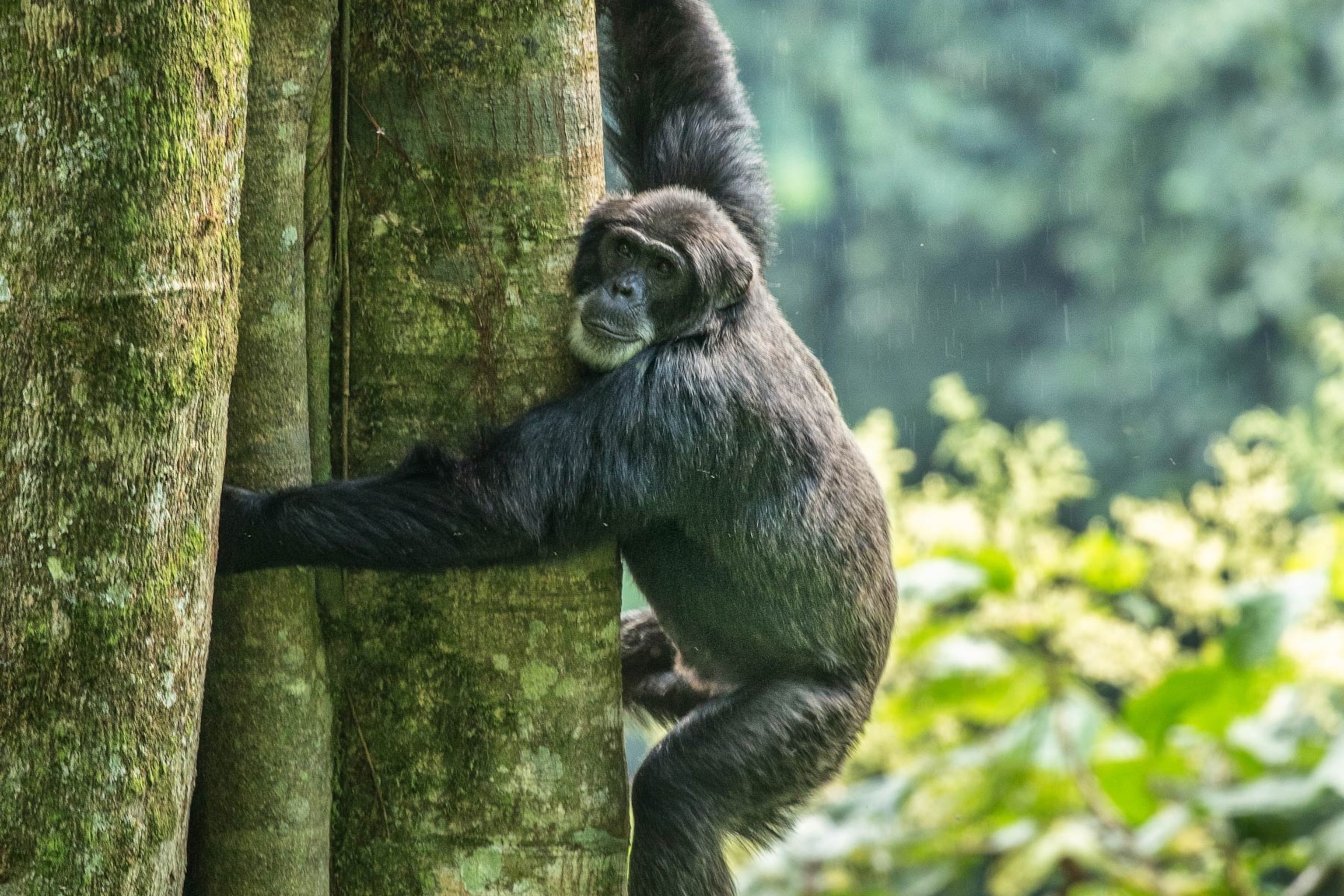
3. Incredible Wildlife Encounters: From mountain gorillas in the north to chimpanzees in the south (13 varieties of primates have been found in Nyungwe National Park alone!), Rwanda is home to some of Africa’s most fascinating creatures. Local guides and seasoned trackers help travelers explore the rainforests and mountain terrain, while making sure precious conservation efforts aren’t undone. Rwanda is where primatologist Dian Fossey studied the great silverbacks for decades. Visitors to Musanze can tour a small museum in her honor now, but will soon be able to learn even more. The first permanent, purpose-built gorilla research and education center will be completed here in 2021, thanks to a donation by The Ellen DeGeneres Wildlife Fund.

4. Create Your Own Adventure: Even the most seasoned adventure traveler will find challenges in these hills. Horseback riding at Fazenda Sengha high above Kigali? Sure. A multi-day mountain biking expedition along the patchwork of dirt roads that wind their way through the rolling hills as part of the 141-mile long Congo Nile Trail? Yours for the taking. A walk along a 70-metre high, 160-metre long Canopy Walkway that sways in the wind above a natural rainforest? Just say when. Rwanda seems built for adventure and guests who bring their curiosity won’t leave disappointed.

5. Paddle with Purpose: The rhythmic chanting that bounces across the waters of Lake Kivu each evening isn’t a show for tourists. The “Singing Fishermen” are local men who use the songs to synchronize their paddles and move their heavy wooden fishing boats across the waters. Watching their painstaking preparation to catch the tiny isambaza fish that will have them out for most of the night, is mesmerizing. Far less intense, but equally rewarding, are the kayaking trips (single or multi-day) that tourists can take with Kingfisher Journeys. Either way, the views of the sunset from a vantage point below Rwanda’s hills shouldn’t be missed.

6. Pampered Stays: Set amidst the emerald-green leaves of a working tea plantation, the One&Only Nyungwe House is just one example of an upswing in boutique lodging options across the country. (Its sister property, the 21-room Gorilla’s Nest opens in the north later this year.) Open-air spa treatments and a tea experience, where you pick your leaves on site and create your own tea bags to take home, are among the memorable experiences on offer. In Kigali, a stay at the Ubumwe Grande Hotel isn’t complete unless you’re sipping a glass of wine at the Rooftop Rendezvous Bar & Grill with a panoramic view of the capital. And in Musanze, a stay at the Five Volcanoes Boutique Hotel means volcano views in the afternoons, warm water bottle welcomes into your bed at night and a black-headed weaver songbird serenade in the garden each morning.

7. Meet the Artists: Vibrant murals pop out from the sides of buildings as you make your way through the towns of Rwanda, leaving little doubt that talented artists call the country home. Local pottery, sculptures made of simple household string and paintings that mix mediums are only the beginning of the options art lovers will swoon over. Community co-ops showcase local carvers and weavers, making it easy to watch your chosen souvenir being made from start to finish. Options include gorilla-headed walking sticks (that conveniently separate into smaller pieces for packing), agaseke baskets of all shapes and sizes, and brightly colored woven jewellery (that slips easily into carry-on bags). And don’t miss the musicians and dancers who range from amateurs playing at community gatherings to the renowned Intore dancers, who tell the story of the country’s cultural heritage to the beat of wailing chants and ingoma drums.
